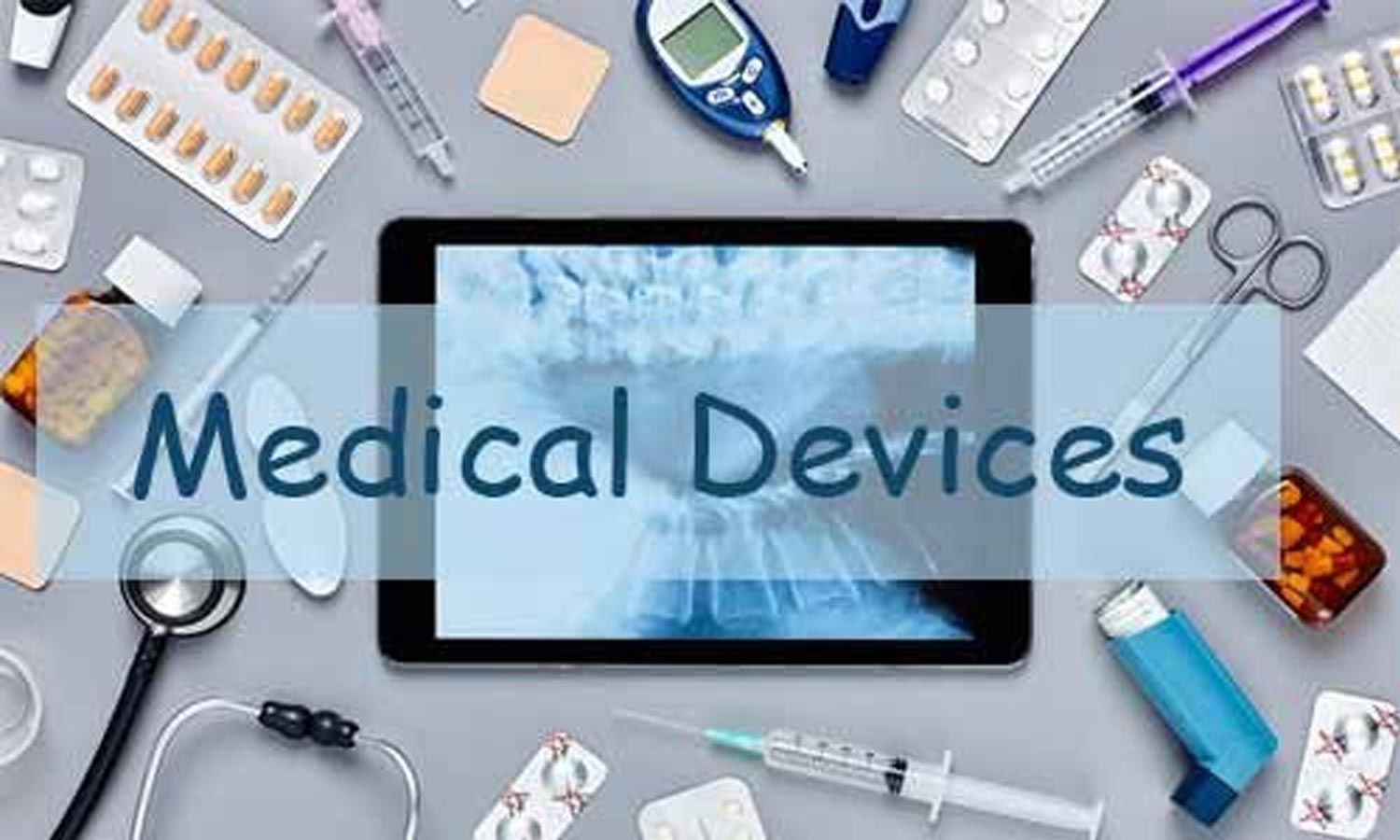In recent times, the healthcare industry has witnessed significant growth, particularly in the sector of medical devices. In 2022 alone, the global medical devices market attained a value of about USD 562.6 billion. The upward trend doesn’t stop there. According to industry forecasts, this booming sector is set to grow at a Compound Annual Growth Rate (CAGR) of 6.2% during the period of 2023-2031. If these estimates hold, the market will reach an impressive value of around USD 965.2 billion by 2031. But what is driving this unparalleled growth? To answer this question, let’s delve into the intricate dynamics of the medical devices market.
Market Overview
The medical devices market is a multi-faceted industry encompassing an extensive range of equipment, appliances, instruments, and reagents used in the diagnosis, prevention, and treatment of diseases. These tools range from everyday basics like thermometers and syringes to technologically advanced devices such as MRI machines and robotic surgical systems. The constant innovation in this field is a testament to the sector’s vitality, and its essential role in public health worldwide.
Components of the Medical Devices Market
The medical devices market comprises several key components, each playing a critical role in its growth and development. The main components include:
- Diagnostic Equipment: This includes imaging devices like MRI machines, CT scanners, ultrasound systems, and X-ray machines. Laboratory equipment for pathology and genetic testing also falls under this category.
- Therapeutic Devices: These are tools used in the treatment of various conditions, ranging from physical therapy equipment and dialysis machines to insulin pumps and heart-lung machines.
- Surgical Instruments: This category covers a wide range of tools used in surgical procedures, including scalpels, forceps, retractors, and advanced equipment like surgical robots.
- Patient Monitoring Devices: These devices, such as heart monitors, blood pressure monitors, and respiratory monitors, provide real-time data on a patient’s health status.
- Medical Consumables and Disposables: Items like syringes, bandages, gloves, and test kits, among others, are essential in every healthcare setting.
Market Segmentation
The global medical devices market is typically segmented based on product type, therapeutic area, and region. Product type segmentation includes diagnostic, therapeutic, patient monitoring devices, surgical instruments, and medical consumables. Therapeutic area segmentation encompasses cardiology, orthopedics, neurology, diagnostic imaging, ophthalmology, endoscopy, and diabetes care, among others. In terms of region, the market is divided into North America, Europe, Asia-Pacific, and Rest of the World.
Benefits and Applications of Medical Devices
The advancement of medical devices has revolutionized healthcare delivery, enhancing the ability to diagnose, treat, and prevent diseases. These benefits have a profound impact on patient care, healthcare outcomes, and quality of life. From facilitating early disease detection to enabling minimally invasive surgeries, the use of medical devices is crucial in almost every aspect of healthcare. Moreover, with the advent of connected medical devices and telehealth, remote patient monitoring has become a reality, improving healthcare accessibility and effectiveness.
Factors Driving the Medical Devices Market
Several factors are propelling the growth of the global medical devices market. These include:
- Technological Advancements: Innovations in medical technology, including robotics, AI, IoT, and telemedicine, are driving market growth by improving diagnostic accuracy and treatment effectiveness.
- Increasing Healthcare Expenditure: With growing global wealth and increasing healthcare investment, the demand for advanced medical devices is surging.
- Rising Geriatric Population: Aging populations worldwide are leading to higher demand for healthcare services and medical devices, especially in chronic disease management.
- Prevalence of Chronic Diseases: The rise in chronic conditions like diabetes, heart disease, and cancer is fueling the need for advanced diagnostic and therapeutic devices.
Challenges and Barriers in the Medical Devices Market
Despite the promising growth, the medical devices market faces several challenges. Regulatory hurdles and stringent approval processes often delay the launch of new devices. Additionally, high product development costs, coupled with reimbursement issues, can act as significant deterrents for market players. Cybersecurity risks associated with connected medical devices also pose a challenge.
Market Opportunities and Future Outlook
The future of the medical devices market looks promising, with plenty of opportunities for growth. The advent of technologies like 3D printing, nanotechnology, and AI offers new avenues for device innovation. Furthermore, the growing interest in personalized medicine and home healthcare presents lucrative opportunities for market expansion.
In conclusion, the medical devices market is set on a path of steady growth, spurred by technological advancements, rising healthcare expenditure, and the increasing prevalence of chronic diseases. Despite the challenges, the sector’s outlook remains positive, with numerous opportunities waiting to be explored. The relentless pursuit of better healthcare solutions will continue to drive the medical devices market towards unprecedented heights.
FAQ’s
1. What was the estimated value of the global medical devices market in 2022?
The global medical devices market had an estimated value of about USD 562.6 billion in 2022.
2. What are the main components of the medical devices market?
The medical devices market mainly consists of diagnostic equipment, therapeutic devices, surgical instruments, patient monitoring devices, and medical consumables and disposables.
3. How is the global medical devices market segmented?
The global medical devices market is typically segmented based on product type, therapeutic area, and region. Product types include diagnostic devices, therapeutic devices, patient monitoring devices, surgical instruments, and medical consumables. Therapeutic areas encompass cardiology, orthopedics, neurology, diagnostic imaging, ophthalmology, endoscopy, and diabetes care. In terms of regions, the market is divided into North America, Europe, Asia-Pacific, and Rest of the World.
4. What factors are driving the growth of the medical devices market?
The growth of the medical devices market is being driven by technological advancements, increasing healthcare expenditure, a rising geriatric population, and the prevalence of chronic diseases.
5. What are some challenges that the medical devices market is currently facing?
The medical devices market faces several challenges, including regulatory hurdles and stringent approval processes, high product development costs, reimbursement issues, and cybersecurity risks associated with connected medical devices.
